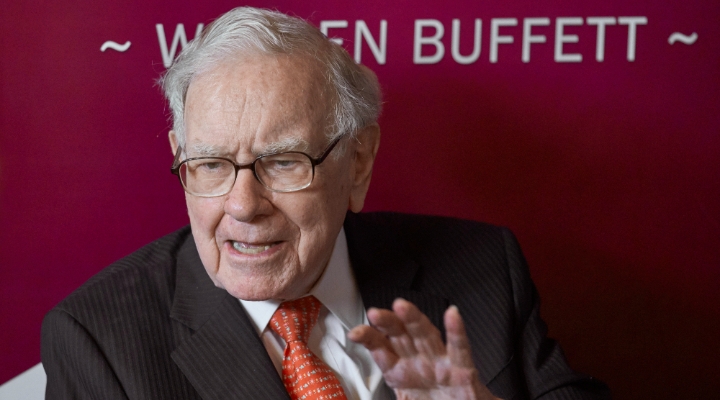
What’s next for apparel? After an exceptional 2021, pushed by the economic recovery after the pandemic, 2022 was negatively affected by lower demand, high inflation, and supply chain problems.
We think the macro environment should now improve, but the near-term outlook for the apparel industry is still murky. The latest earnings reports were decidedly mixed, and many firms have lowered expectations for the rest of 2023.
Retailers' same-store sales growth results demonstrate the industry's recent struggle. From the +36% recorded in the second quarter of 2021, same-store sales growth dropped to -3% in the fourth quarter of 2022. Of course, 2022’s numbers are the result of the challenging comparison with 2021, but they were also affected by a negative macro environment.
High inflation and high uncertainty for the economy conditions crowd out consumer spending on apparel, and that affected sales results for most apparel and footwear companies. When revenue go down, margins usually shrinking. But the weak margins recorded in 2022 were the result of a combination of many negative factors such as: high inventory, supply chain problems, higher commodity prices and the appreciation of the dollar against euro and other currencies.
Inventory and Distress
Let’s analyse these factors one by one. In 2022 most of the clothing producers covered by Morningstar experienced higher inventories as compared with 2021. As of the end of 2022, inventories rose 14%, on average, and these companies have been dealing with this challenge in multiple ways: holding seasonal inventory, canceling orders, but mostly by applying higher discounts to their goods, and that had negatively affected profit margins.
For most of these firms, we believe their inventory levels will improve throughout 2023. While sales growth expectations are generally underwhelming, we expect most of the firms we cover will get their inventories in better order in 2023.
The recovery from the Covid-19-induced economic crash in 2020 led to soaring prices for many commodities, including cotton and gas. While most industry participants expected cotton prices to drop in early 2022, they instead soared even higher due to the war in Ukraine and pandemic-related and political effects in China. Even if the consequences varied widely by company, higher gas prices had two major negative effects on apparel brands: they increased supply chain and other costs, and they crowded out consumer spending on apparel. While cotton prices began to normalise in the second half of last year, the ongoing war in Ukraine and the unstable politics of the Middle East remain wild cards that could lead to another rise in gas prices.
On top of that, US companies have been also affected by the US dollar appreciation against the euro and other currencies from the beginning of 2021 until the middle of 2022, fuelled by the economic recovery and concerns over the war in Ukraine.
All these factors drove down the operating margin of apparel companies from the 11,4%, on average, recorded in the second and third quarter of 2021 to 8,1% to the end of 2022.
Weak sales and lower margins are weighting also on the financial stability of the companies. The Altman’s Z-Score, a metric based on profitability, balance sheet, and market data that is used to predict a company financial distress, gives a grey picture of the apparel sector.
In general, a Z-Score below 3 suggests that a firm is in danger of falling into distress, and many of the apparel firms covered by Morningstar currently have scores below this level. However, we believe that financial metrics will improve for many of these firms after a difficult 2022, as most of them consistently had scores above 3 in the years before the pandemic.
Reasons to be Cheerful
Saying that, there are some positive signs for long term investors: comparisons will be easier in 2023, as 2022 was quite bad, and some negative factors, such as elevated inventories and supply chain costs have begun to abate. That will improve both margins and the financial metrics of the sector.
In addition, US government consumption statistics do suggest that even if clothing and footwear demand has moderated from very strong 2021 levels, it is still higher than it was in 2019. This suggest to us that the industry is healthier than it is widely understood, ant that is why we are generally more bullish on many apparel retail and manufacturer stocks than most others. Furthermore, as share prices have generally been weak since early 2022, 50% of the 30 apparel companies under Morningstar’s coverage are currently rated 4 or 5 stars and the median apparel firm now trades at an 11% discount to our median fair value estimates.
Companies with moats, such as Nike, Lululemon, Hugo Boss, Moncler, and Ralph Lauren, are better equipped to overcome higher costs and protect margins, thanks to their upscale customer bases and cost advantage, but they are traded in line or above their fair value. On the other end, stocks of apparel stores that cater to the middle class, such as Kohl's and GAP, have generally been struggling and trade below our fair value estimates. Near-term expectations for many of these firms are low, but we believe investors are valuing them on depressed earnings and underestimating their potential.























